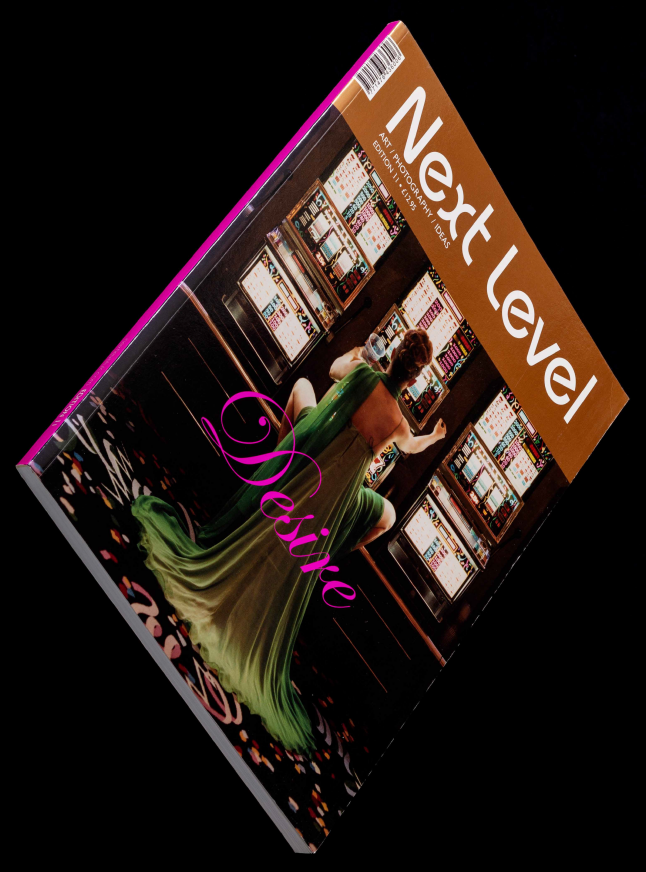James WellingQuestioning The Frame

In 2007, it is hardly scandalous to say that much of what is considered ‘contemporary fine-art photography’ has abandoned the pursuit that was once fundamental to the medium: to record what was there. No question there was a number of artists, curators, critics, and even dealers who contributed to the upheaval of established – what we might now call ‘traditional’ – aesthetic paradigms decades ago. There has also been no shortage of disparate artistic theories since this disruption; to an extent those attempts to define categorisations at this point often lack the clarity they seek to provide.
So as we move full-throttle into the twenty-first century, still trying to understand how we got here and where we might be going, examine for a moment the work of the American artist James Welling. He certainly helped get us here. But his identity as an artist does not fit snugly into a well-defined category. His is one that forges its own path through a sheer yearning to question the medium itself.
Since the late 1970s, James Welling has investigated the differentiation between the photographed object – the record – and the viewer’s pursuit of meaning within. He is deeply immersed, intrigued, and energized by the properties of photography. His varied output reflects this great curiosity about the medium and its relationship to visual perception, human nature and social constructs.
Using a variety of experimentations, his various compositions have been rendered as gelatin silver prints, Polaroids and digitally processed prints that confront the technical and conceptual bounds of photography. His experiments have included seemingly random objects such as fireplace ashes, foil, fabric, pastry dough and Bristol board. In addition, as if to stump post-modern historians, he has stepped – back, some might say – into the more traditional fields of architectural, documentary, and floral photography. But it only appears so, because ultimately, it is the instrument of photography itself – light, movement, time, and darkness – that defines the work when looking retrospectively.
As case in point, he has worked industriously to invent a system for producing the difference between gradations of colour and time. He began these experiments, manifested in a series called Degrades in 1986, the title being his made-up, portmanteau word based on gradated paper backgrounds and the referent ‘to degrade’. The work is done in a colour darkroom, where he meticulously exposes half a sheet of paper to light from a colour enlarger. Keeping extensive notes, he then makes a second exposure with another filtration. Recently, Welling made a group of technically and formally exquisite Degrades as part of a new ‘rediscovery of colour’, some of which are shown here.
As simply ‘pretty’ as they might appear upon first glance, look again and there is an underlying complexity behind, within, and on the surface of these prints. They expose a collective desire to re-evaluate the meaning and nature of photography. So, if I may dare categorise, James Welling is an artist that poses questions, not clarity, and that is just fine by me.
